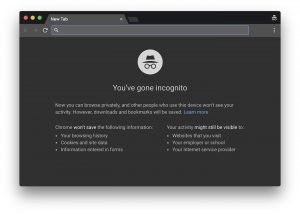From time to time GovEvents will come across information we feel our members and audience would benefit from. Here's something we wanted to share:

Online privacy is a topic that grows in importance every single year. With more and more web services, connected apps, and even home assistant devices that are gaining in popularity, it's now more crucial than ever to understand what the dangers to your online privacy are and how to protect it consciously.
This online privacy guide is all about that.
Here are 19 actionable steps to help you remain anonymous on the web and protect your online privacy. No sophisticated computer knowledge required. Continue reading




 "Hey, Computer, how do I access my public services?"
"Hey, Computer, how do I access my public services?" It is generally accepted that, as the National Institute for Standards and Technology points out,
It is generally accepted that, as the National Institute for Standards and Technology points out, 

